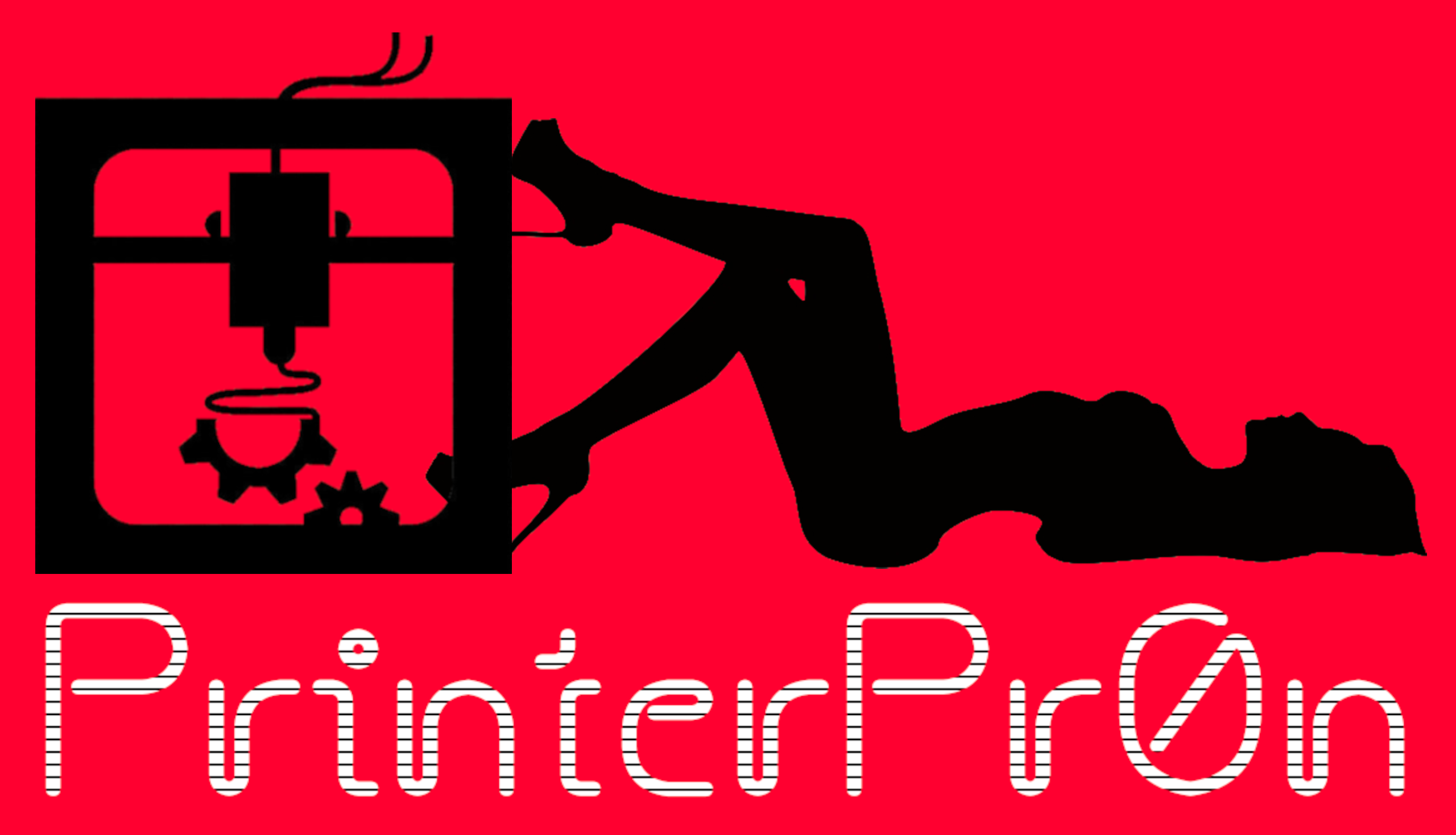Introduction
In recent years, 3D printing has emerged as a revolutionary technology with the potential to reshape industries ranging from healthcare to manufacturing. This innovative process allows users to transform digital designs into physical objects quickly and efficiently. Whether you’re a hobbyist looking to create custom figurines or an engineer prototyping a new product, understanding the basics of 3D printing is essential. In this article, we will explore the fundamental concepts and steps involved in 3D printing.
- Understanding 3D Printing
At its core, 3D printing, also known as additive manufacturing, is a process of building three-dimensional objects layer by layer. Unlike traditional subtractive manufacturing, where material is removed from a solid block, 3D printing starts with nothing and adds material progressively. This additive approach offers several advantages, including reduced waste and increased design flexibility.
- The 3D Printing Process
The 3D printing process involves several key steps:
a. Design: The journey begins with a digital 3D model created using specialized software or obtained from online repositories. Designing a model requires a good understanding of 3D modeling software, which can range from beginner-friendly tools to professional-grade applications.
b. Slicing: Once you have your 3D model, it needs to be converted into instructions that the 3D printer can understand. This involves “slicing” the model into thin horizontal layers using slicing software. These layers are essentially the building blocks of your printed object.
c. Printing: The sliced data is transferred to the 3D printer, which interprets the instructions and starts building the object layer by layer. There are various 3D printing technologies available, including Fused Deposition Modeling (FDM), Stereolithography (SLA), and Selective Laser Sintering (SLS), each with its own unique processes and materials.
d. Post-processing: After the printing is complete, some objects may require post-processing to improve their appearance or functionality. This can include sanding, painting, assembly, or even additional 3D printing to create complex, multi-part objects.
- Types of 3D Printers
As mentioned earlier, there are different types of 3D printers, each with its own strengths and weaknesses:
a. Fused Deposition Modeling (FDM): FDM printers are among the most popular for hobbyists and beginners. They work by heating and extruding thermoplastic filament, layer by layer. FDM printers are known for their affordability and ease of use.
b. Stereolithography (SLA): SLA printers use a UV laser to cure resin layer by layer, creating highly detailed and precise objects. SLA is often used for producing intricate prototypes and small-scale production runs.
c. Selective Laser Sintering (SLS): SLS printers use a laser to sinter powdered materials, typically plastics or metals, layer by layer. They are ideal for producing functional and durable parts with complex geometries.
- Materials in 3D Printing
The choice of material depends on the specific requirements of your project. Common 3D printing materials include plastics (PLA, ABS, PETG), resins, metals (aluminum, titanium), ceramics, and even food-grade materials for culinary applications.
- Applications of 3D Printing
3D printing has a wide range of applications, including:
a. Rapid prototyping: Engineers and designers can quickly create prototypes to test concepts and designs.
b. Custom manufacturing: Producing one-of-a-kind or low-volume, high-value products like customized orthopedic implants.
c. Education: 3D printing is used in schools and universities to teach design and engineering principles.
d. Healthcare: The technology is employed to create personalized medical implants, prosthetics, and even human tissue.
Conclusion
As 3D printing technology continues to advance, its applications are bound to expand further into various industries. By understanding the basics of 3D printing, you can harness the power of this transformative technology to bring your creative ideas to life or revolutionize your manufacturing processes. Whether you’re a novice or a seasoned pro, 3D printing offers exciting opportunities for innovation and exploration.
